 문의하기
문의하기
 TOP
TOP

Contemporary women lift their own values and make their own appearances in the future. However, it is nothing but a tough process to make their own area in the world built by fathers and sons. The more powerful and confident are they, the bigger gets their inner burden. The persona made by other people in this stiff world offered them unprecedented power and splendidness but their inside is futile and wild. They stand exaggerated and risky days, taking a rest only by exhaling for a while. I would like to present them a break, even for a short time. I would like to offer them a vacant seat beside me and to whisper them to put down the burden and take a break for a while. They are often defenseless in my works. They are calm in the paintings although they were hit and stuck in the fierce site of life. The weight and sinister design of their careworn lives happen to exhale mildly, shyly and carefully like petals, being inserted in the space expressed as blank. Hence they are weak and soft looking like to be cracked at a first glance.
Standardized faces are not persona but show their exhausted and hurt status as it is. There is no laugh or greed trying to gain favor with others. Only powerful and splendid eyeballs and free hand gestures are remained there. They reveal themselves with no words but gestures only. I have painted 'humans' for a long time and would like to paint 'humans' in the future also. Through portraits, I would like to reveal soft emotion and warm consideration which are confined in external skin. Especially, female portraits take my endless interest. Would the splendid, powerful but very weak appearances of them be the true figures of you and me living in this contemporary times?
Kang Yoo-Lim
B.F.A Gangneung-Wonju University College of Fine Arts
M.F.A Sejong University Graduate School
D.F.A Dankook University
17st Solo Exhibition, 16st Booth Exhibition, 1st Family Exhibition
500st Group Exhibition.
Present
Member of Korea Fine Arts Association, Choon-choo-Association,
Sewon Exhibition, Hwa-gang-Association, Gangneung Women's Arts Group,
Gangwon Contemporary Korean Painting Group
Invitational Artists in Gangwon Fine Arts Grand Exhibition
Seoul Fine Arts Association, Im-Ran Association
Art in Gangwon, ELEVEN, fun_fun, East-West Art and Culture Studies Association.
 others-gazing
50x50cm jangji.korean-painting 2022
others-gazing
50x50cm jangji.korean-painting 2022
 others-gazing 40x40cm 마천 채색 2022
others-gazing 40x40cm 마천 채색 2022
 others-gazing
40x40cm 마천 채색 2022
others-gazing
40x40cm 마천 채색 2022
 others-gazing
50x50cm jangji.korean-painting 2022
others-gazing
50x50cm jangji.korean-painting 2022
 others-gazing 100x72.7cm
jangji.korean-painting 2020
others-gazing 100x72.7cm
jangji.korean-painting 2020
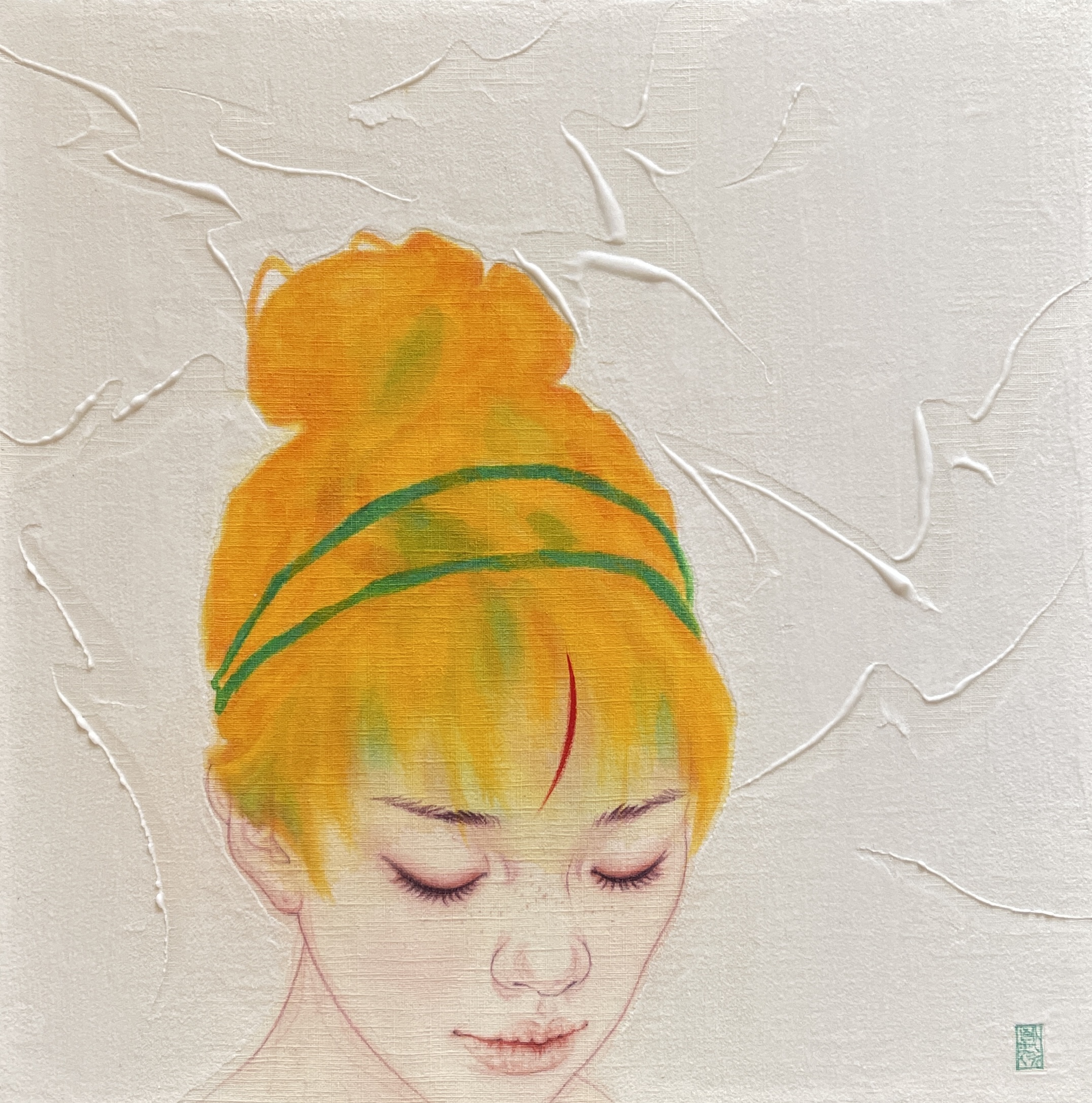 others-gazing 40x40cm jangji.korean-painting
2022
others-gazing 40x40cm jangji.korean-painting
2022
 others-gazing 40x40cm jangji.korean-painting
2022
others-gazing 40x40cm jangji.korean-painting
2022
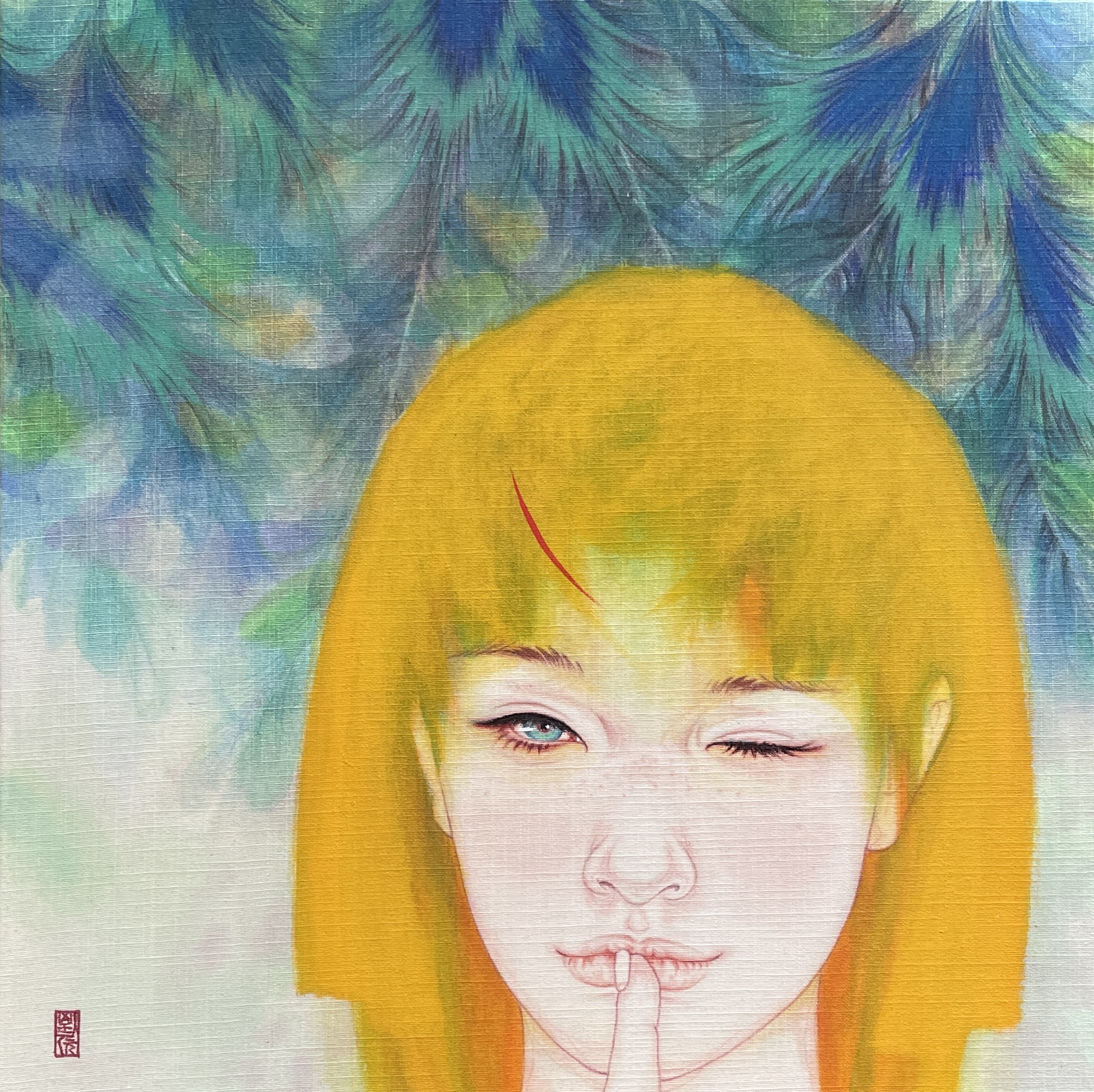 others-gazing 40x40cm jangji.korean-painting
2022
others-gazing 40x40cm jangji.korean-painting
2022
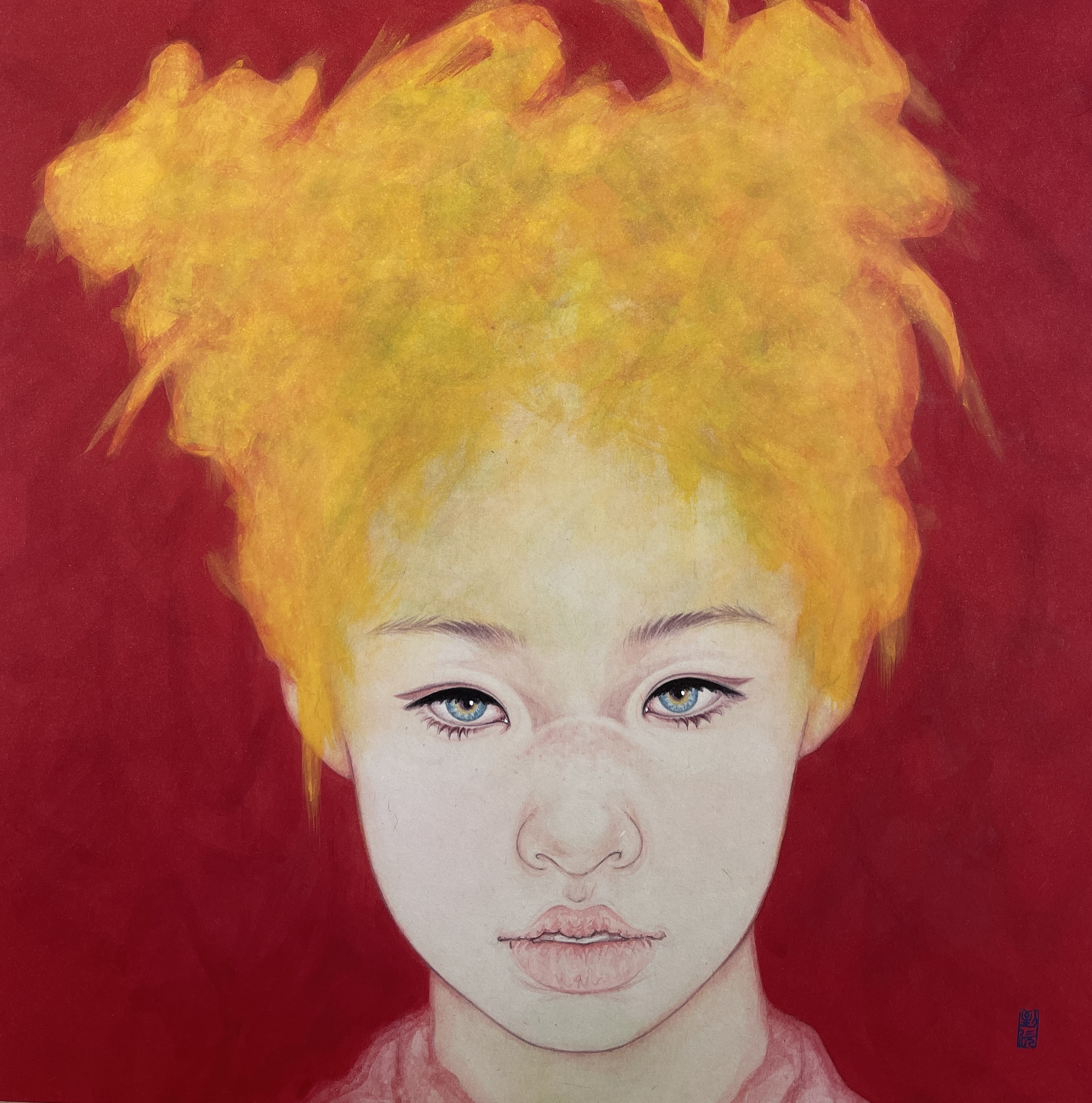 others-gazing 50x50cm jangji.korean-painting
2022
others-gazing 50x50cm jangji.korean-painting
2022
 others-gazing jangji.korean-painting 50x50cm, 2017
others-gazing jangji.korean-painting 50x50cm, 2017
 others-gazing jangji.korean-painting 116.8x80.3cm, 2017
others-gazing jangji.korean-painting 116.8x80.3cm, 2017
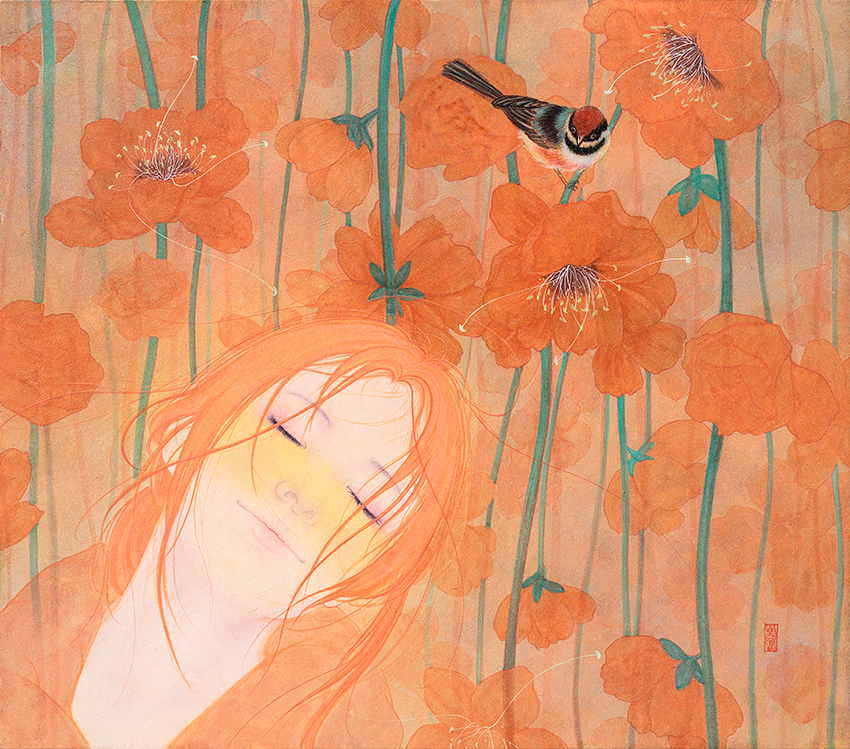 others-gazing jangji.korean-painting 73x61cm, 2016
others-gazing jangji.korean-painting 73x61cm, 2016
 others-gazing jangji.korean-painting 70x70cm, 2016
others-gazing jangji.korean-painting 70x70cm, 2016
 others-gazing jangji.korean-painting 70x70cm, 2016
others-gazing jangji.korean-painting 70x70cm, 2016
 others-gazing jangji.korean-painting 50x50cm, 2016
others-gazing jangji.korean-painting 50x50cm, 2016
 others-gazing jangji.korean-painting 50x50cm, 2016
others-gazing jangji.korean-painting 50x50cm, 2016
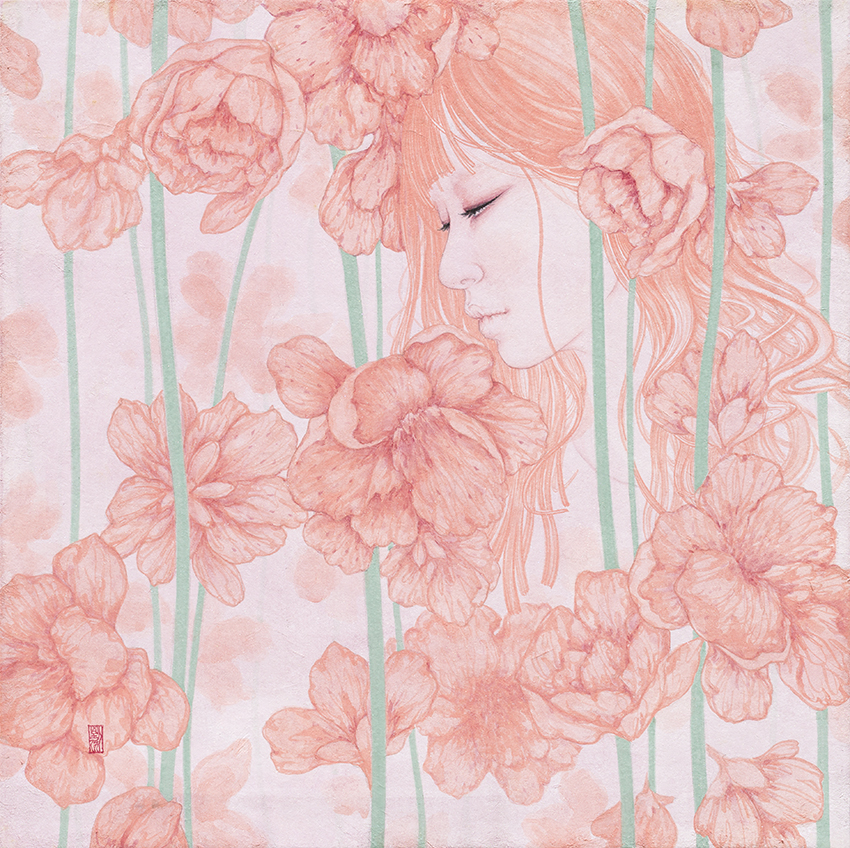 others-gazing jangji.korean-painting 50x50cm, 2016
others-gazing jangji.korean-painting 50x50cm, 2016
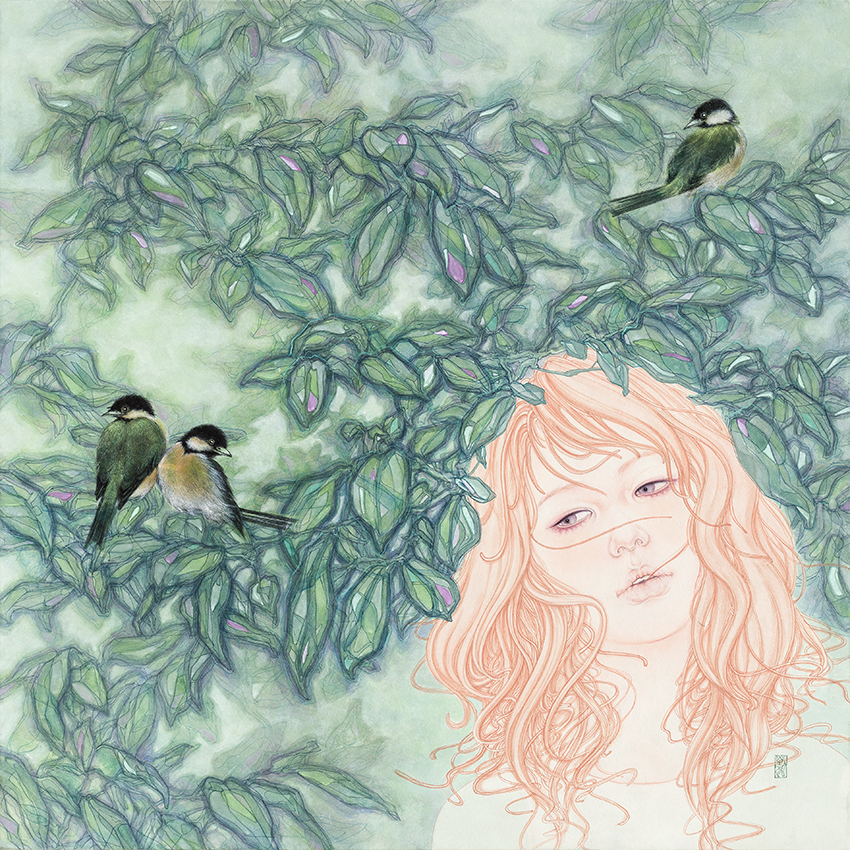 others-gazing jangji.korean-painting 70x70cm, 2016
others-gazing jangji.korean-painting 70x70cm, 2016
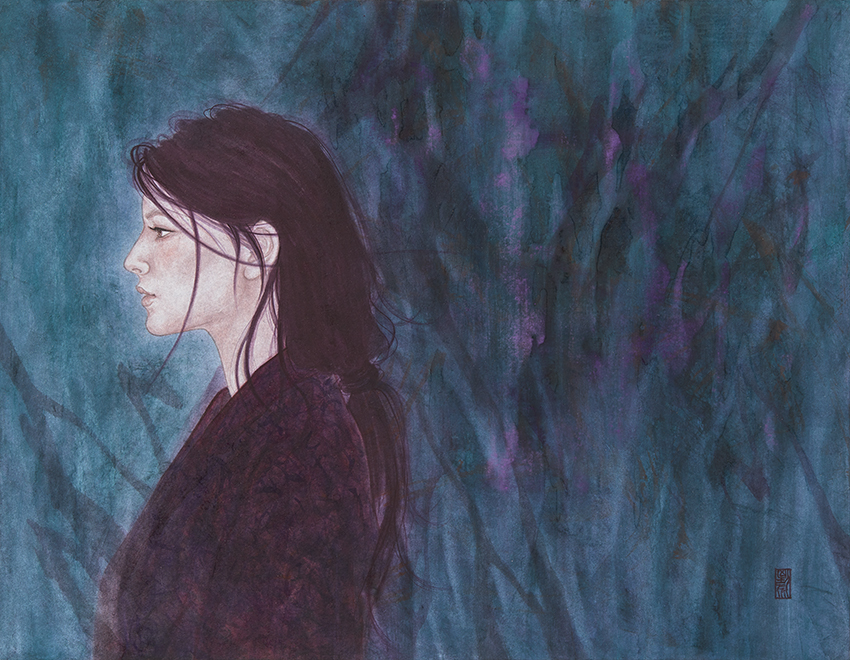 others-gazing jangji.korean-painting,53x40cm, 2019
others-gazing jangji.korean-painting,53x40cm, 2019
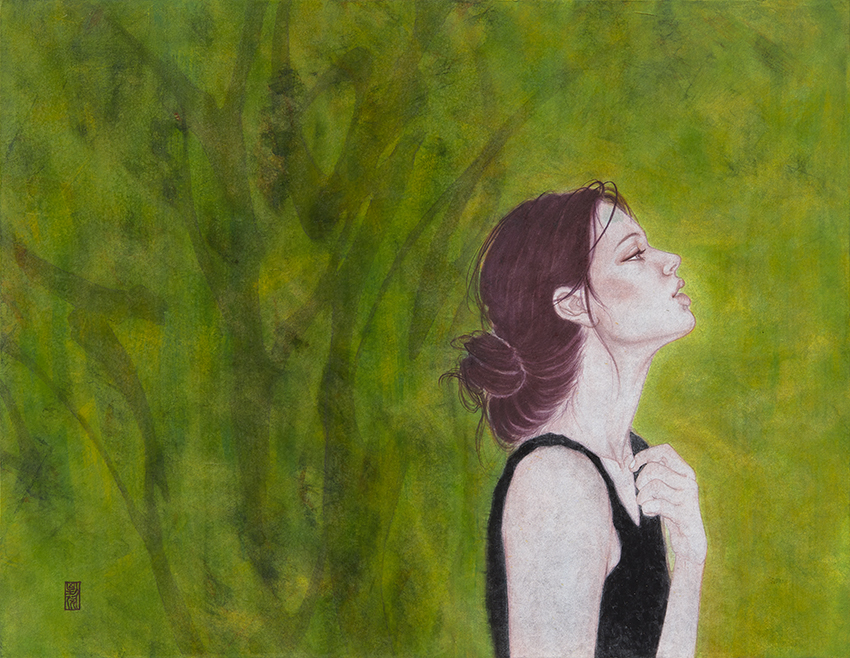 others-gazing jangji.korean-painting,53x40cm, 2019
others-gazing jangji.korean-painting,53x40cm, 2019
 others-gazing jangji.korean-painting,53x40cm, 2019
others-gazing jangji.korean-painting,53x40cm, 2019
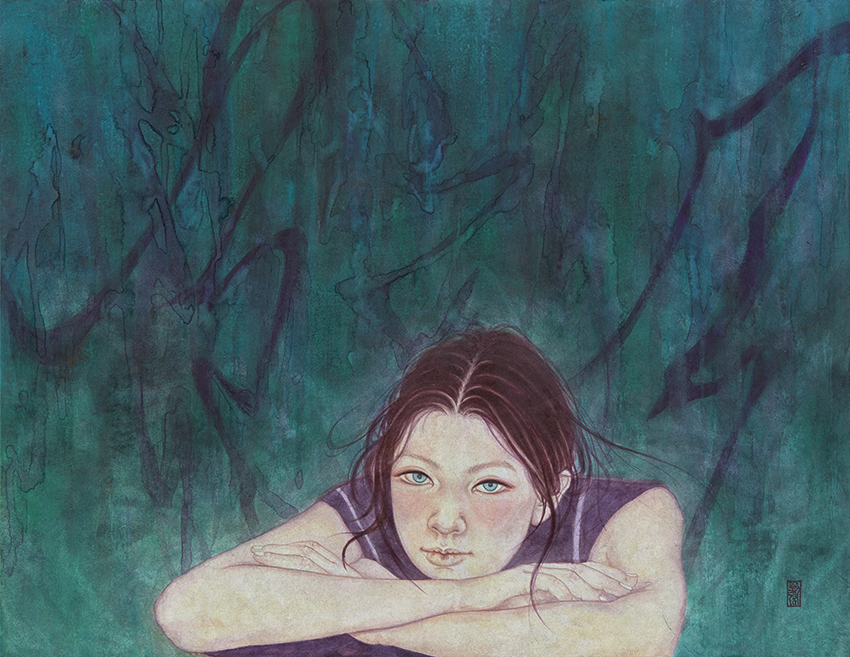 others-gazing jangji.korean-painting,53x40cm, 2019
others-gazing jangji.korean-painting,53x40cm, 2019
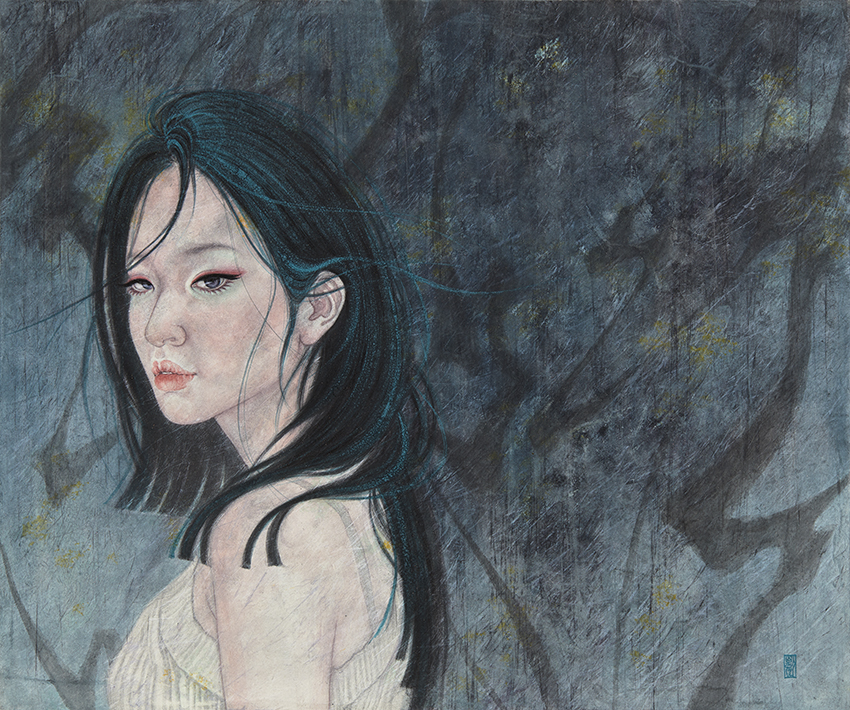 others-gazing jangji.korean-painting,73x61cm, 2019
others-gazing jangji.korean-painting,73x61cm, 2019
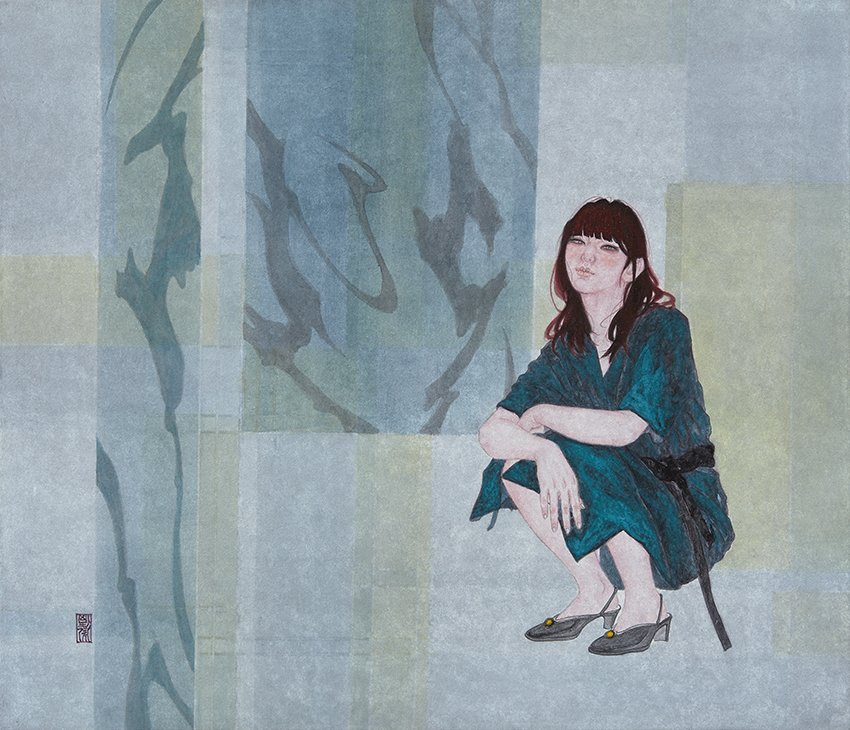 others-gazing jangji.korean-painting,53x45cm, 2019
others-gazing jangji.korean-painting,53x45cm, 2019
 others-gazing jangji.korean-painting, 53x45cm, 2019
others-gazing jangji.korean-painting, 53x45cm, 2019
 others-gazing jangji.korean-painting,70x70cm, 2019
others-gazing jangji.korean-painting,70x70cm, 2019
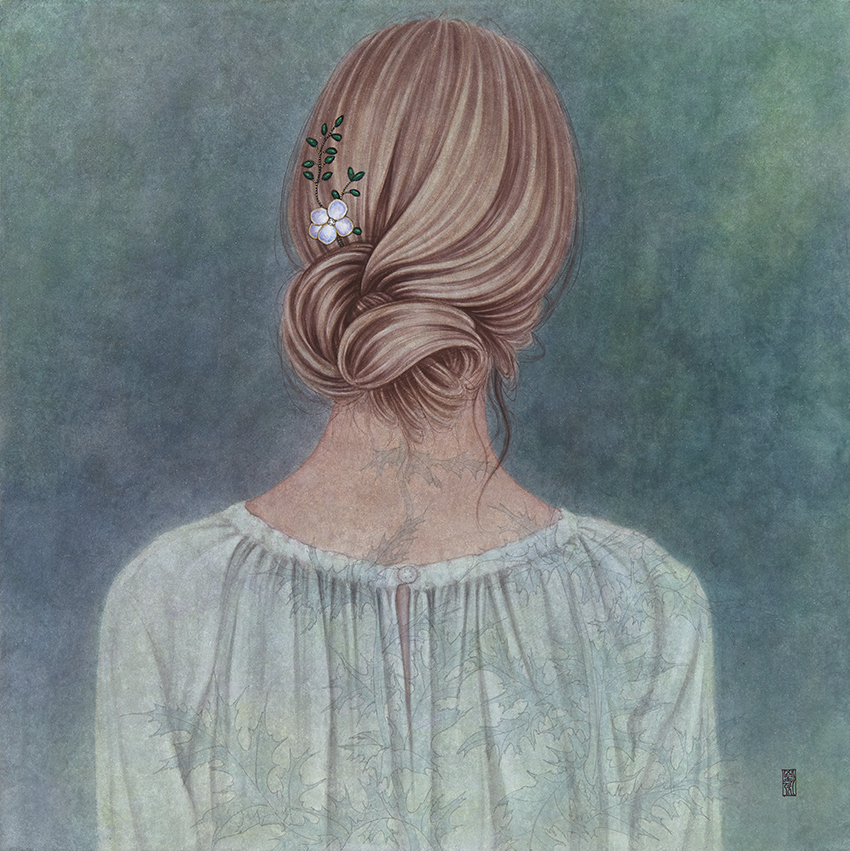 others-gazing jangji.korean-painting,70x70cm, 2019
others-gazing jangji.korean-painting,70x70cm, 2019
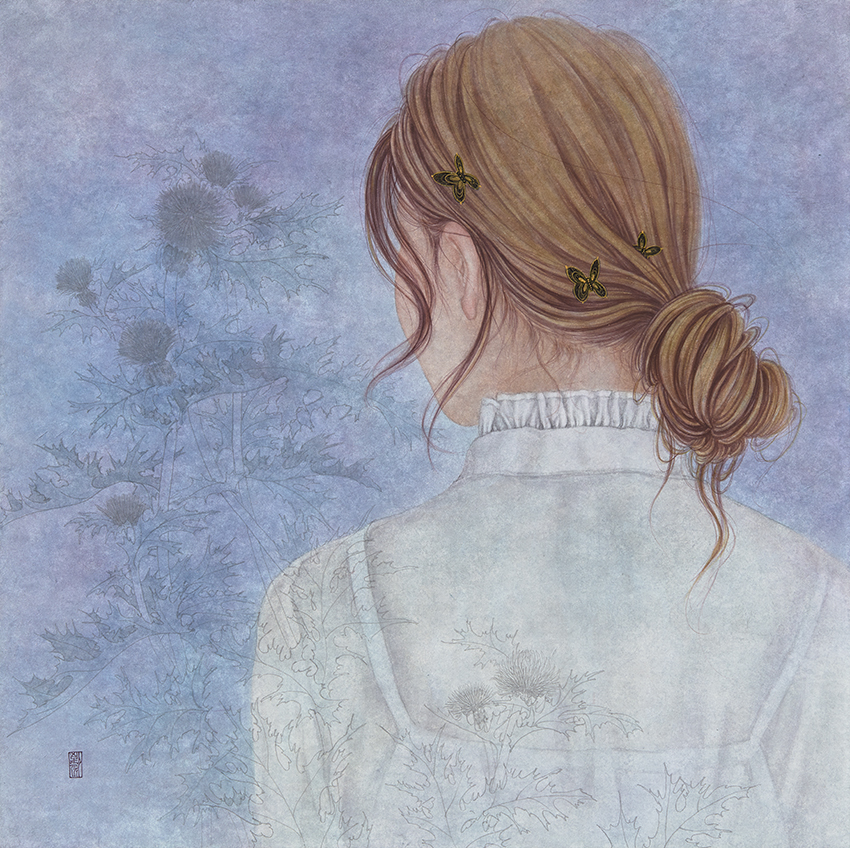 others-gazing jangji.korean-painting,70x70cm, 2019
others-gazing jangji.korean-painting,70x70cm, 2019
 others-gazing jangji.korean-painting,70x70cm, 2019
others-gazing jangji.korean-painting,70x70cm, 2019
 others-gazing jangji.korean-painting,162.2x130.3cm, 2019
others-gazing jangji.korean-painting,162.2x130.3cm, 2019
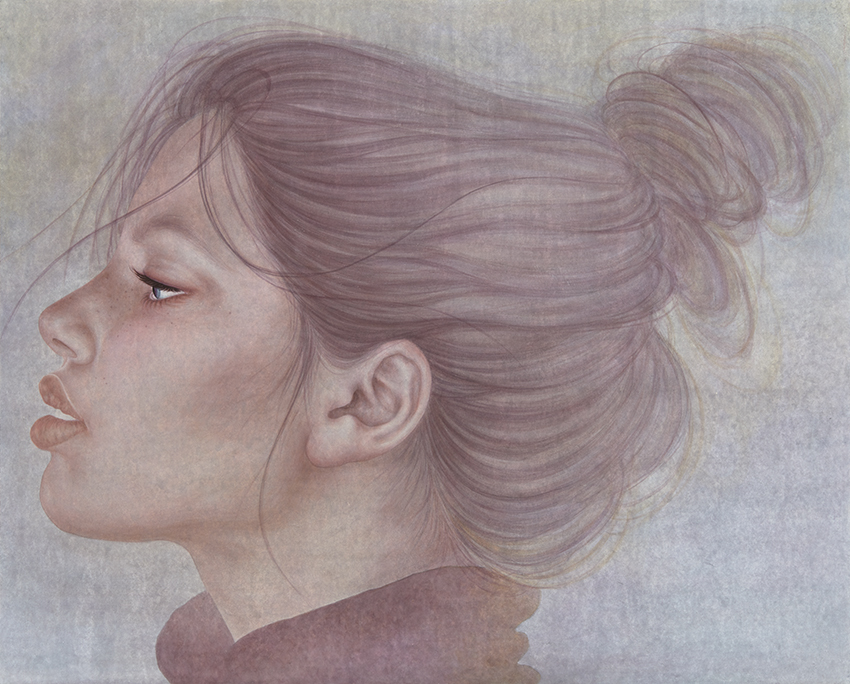 others-gazing jangji.korean-painting,162.2x130.3cm, 2019
others-gazing jangji.korean-painting,162.2x130.3cm, 2019
Confronting
the presence of modern women in art
GalleryGrimson
Sun-young Shim
The
presence of women in the history of art has been under the restrictions of
society and its systems. Women in art still have restrictions from the past
where the formal structure of anatomy was emphasized, and in the present where
diversity is found in new social structures. Also, a work relating to an issue
of women is often classified as a feminist work even though the appearance of
women does not always mean that a work focuses on a subject of feminism. Of
course, women in art works reflect the artists’ psychological condition and
environment under the influence of politics, the economy, religion, and the
laws of their time. The appearance of women in art represents the action of
reflecting the change and flow of time in its intimate relationship with
artists. Like in the saying, “Art reflects life, and life is within art,” the
range of what art can embody is endless. Aesthetic experiences in art give an
opportunity for enjoyment beyond human rationality and sensibility. We can
encounter a true moment of empathy with a woman in an artwork, and have an
ideal experience of her. Although the point of view is from one’s own
independent state, an artwork itself already offers a place where artists and
audiences share feelings.
The main subject of Yoo-lim Kang’s work is about
women. The artist has always painted about women. Women in her work do not just emphasize
the beauty of women but attempt to deliver a message of how women should
survive their fate
and reality. The key point that shows it is their facial expression. In a
facial expression, diverse feelings are hidden. In modern society, there are
many times that we have to pretend. Thus, a facial expression means a strategy
to survive in life with modern men who do not have freedom to express feelings.
A child’s honest feelings are gradually restricted as he gets older. Women in
the artist’s painting also do not easily express their feelings. However,
hidden feelings are indirectly revealed through their eyes and backgrounds.
Bamboos, texts (in Chinese), flowers with birds, and the landscape in the
background represent modern women’s encounter with the past. By doing so, the
artist attempts to examine the crossing point between the status of today’s
women and the social system and social roles of the past. The institutional
restriction of the past has not been changed a lot, but the artist chose not to
send modern women back to the past, but rather to contemplate the past in order
to look more deeply at today. Although modern society works hard to protect the
rights of women, the institutional principle is still imperfect. Women in the
artist’s work represent how they deal with this situation emotionally. They can
hope to escape from the past, stay there to examine themselves, or encounter
their new image by leaving the past. The act of seeing is a silent resistance
toward modern society and a will to be independent. Their eyes sometimes become
faint and sometimes stare somewhere to start a conversation with audiences.
This conversation is a rest and a place for them to find peace. This is because
the fierce life of women in modern society adds burdens and weights onto them.
The artist talks about how this has been since a couple of hundred years ago;
how women have fought to find the value of life in their own way, and how they
have managed to have an alternative way of life through images that suggest
women from modern and past times. There is also a meaning in her emphasis in naturalism.
In the background of Shin Saimdang’s calligraphy a modern woman represents a
woman of the past while a modern woman within Shin Saimdang’s painting attempts
to bring out the past but also - essentially - seeks for a psychological
concept and idea. The acts of women in the past were their maximum defense and
the will to live, which coped with a critical viewpoint and, at the same time,
attempted to overcome it. The artist offers an aesthetic rest to modern women
who experience unstable confusion from the essential changes by making homage
to the expression of women’s will in the past.
The women
in the artist’s work are young. This is because young women have a mature ego but at the
same time undergo change with uncertainty. They are not prepared but their
emotions change repeatedly. Thus, they spend great amount of time on their
agony over their life in order to live in this rough world. The artist attempts
to make an ontological question on life with those young women. Conflicts and
desires that women encounter in endless competitive society are not just about
them but also us. What do we live for? How should we live? What do we need to
live today? The answers to those questions have to be found from understanding
the essential, so the artist attempts to search in her own past. This process
not only provides an ideal way of thinking but also confirms the power and
spirit to confront life, which modern women have to have as an ideological
consideration and concept. The eyes of women with uncountable feelings show a
will to go forward to the true world rather than stay in a pretend world with
splendid colors. The artist offers an opportunity to look at the past and
present ‘me’ as a process of healing. Because the artist also confronts the
present as a woman, the point of view is the same. To a woman a bamboo grove around dawn in
the artist’s work embodies holy determination with a new light. We do not know
the face of the woman. Yet we can imagine her calmness and her will to confront
adversity in this confused world. The artist continuously has a conversation
and communicates with women in her work in order to find a way to live in the
present with them.


